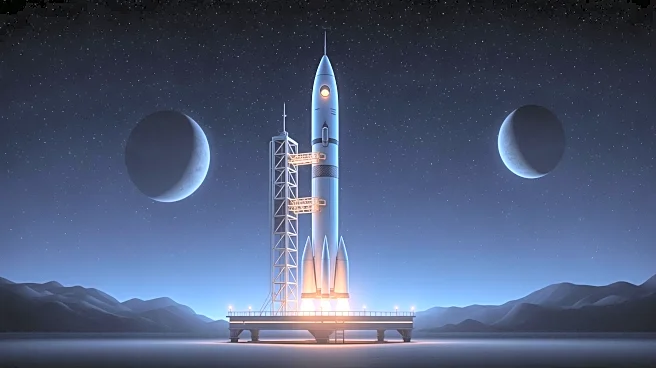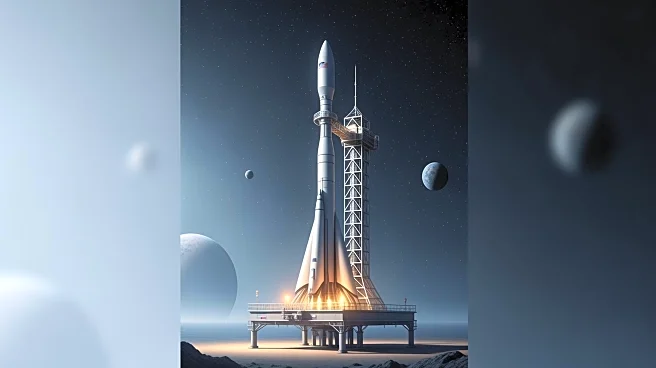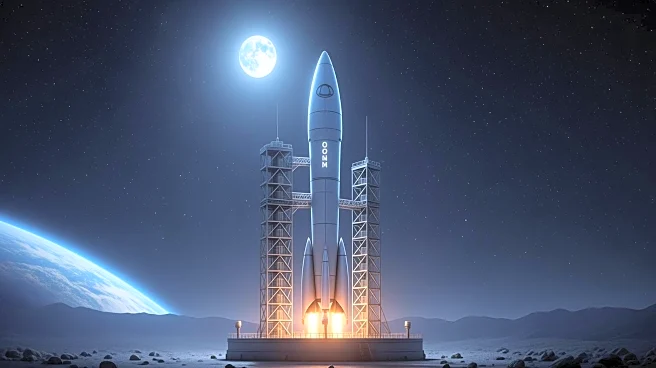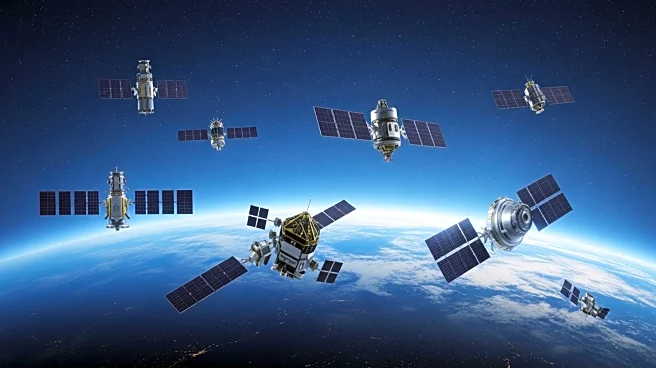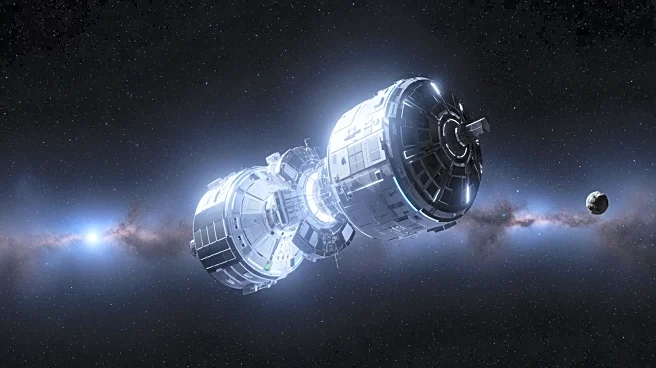What's Happening?
NASA's ESCAPADE mission, featuring twin satellites named Blue and Gold, is scheduled for launch on November 9, 2025, from Cape Canaveral, Florida. Managed by the University of California, Berkeley, these satellites will map Mars' magnetic fields, upper
atmosphere, and ionosphere in 3D. The mission aims to provide insights into Mars' atmospheric loss and conditions affecting future human exploration.
Why It's Important?
The ESCAPADE mission is crucial for understanding Mars' atmospheric dynamics, which is vital for future human missions to the planet. By mapping the magnetic fields and space weather, scientists can better predict solar storms that could impact astronauts. This mission also pioneers a new trajectory to Mars, potentially allowing more flexible launch schedules for future missions.
What's Next?
The satellites are expected to arrive at Mars in 2027, where they will conduct detailed scientific observations. The data collected will help determine the feasibility of human settlement on Mars, addressing challenges such as radiation exposure and atmospheric conditions. The mission's success could pave the way for more cost-effective and frequent Mars missions.
Beyond the Headlines
ESCAPADE represents a shift towards more commercially involved and lower-cost space missions. It highlights the importance of international collaboration in advancing planetary science and exploration. The mission's innovative trajectory could revolutionize how future Mars missions are planned and executed.


